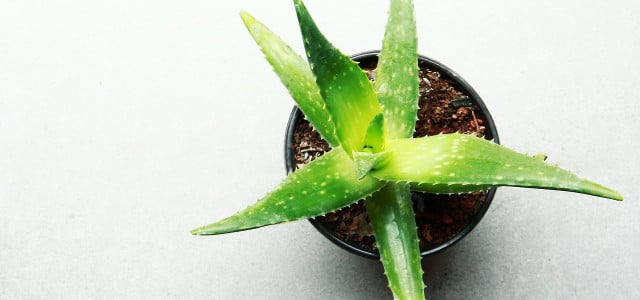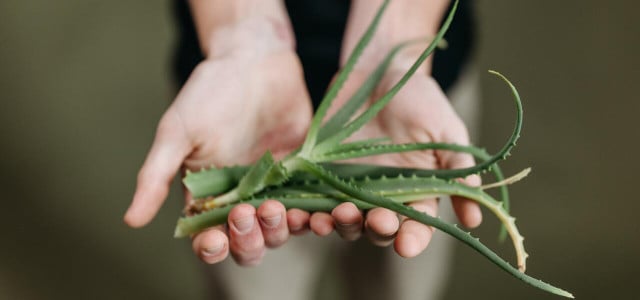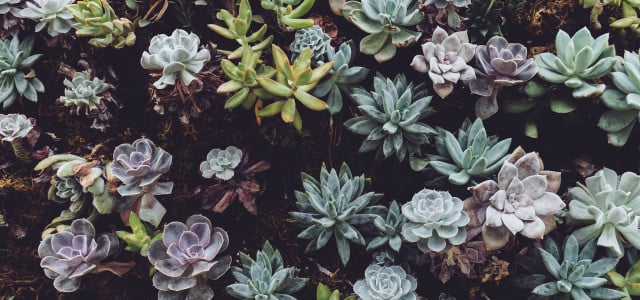A common mistake in taking care of aloe vera plants is watering them too much. Here's how to figure out if you have an overwatered aloe plant on your hands.
Aloe vera plants are succulents native to dry desert environments, which makes them very easy to overwater. The best way to take care of an aloe plant is to water thoroughly but infrequently. You also need proper soil and potting to keep the roots safe from oversaturation. Unfortunately, some of the signs of overwatering can be confused with underwatering, which quickly exacerbates the issue. Learn how to tell the difference below.
Signs of an Overwatered Aloe Plant
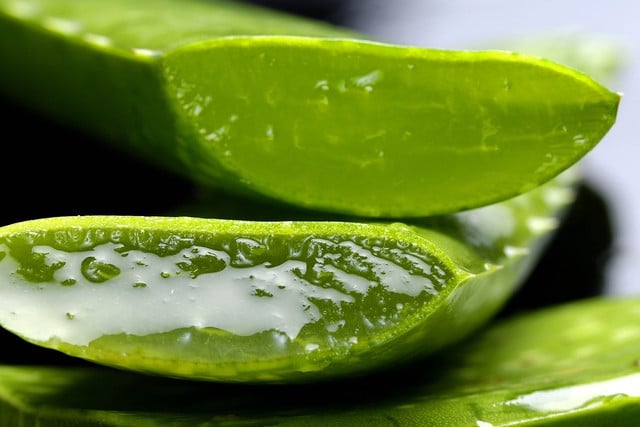
(Foto: CC0 / Pixabay / casellesingold)
- Drooping leaves can be an indicator of both over- and underwatering. However, when aloe plant leaves are soft and mushy, you can be sure the plant has been overwatered.
- Faded leaves suggest overwatering. Look out for brown leaves as well. If the leaves are yellowing, this may be a sign you are actually underwatering your aloe plant.
- Wet soil is another red flag for overwatering. Aloe vera plants only need to be watered when their soil is dry a few inches deep. If your plant doesn’t seem to be in great shape, and the soil is still wet days after watering, you have probably oversaturated the plant.
- Moldy soil is another sign of overwatering as fungus thrives in moist environments. If your soil has remained wet enough for mold to form, you are most likely overwatering. Don’t worry too much, though. It’s easy to fix a moldy soil situation.
- Blistered leaves are a unique symptom experienced by overwatered aloe vera plants. Their cells can burst due to all the excess water, causing the leaves to appear blistered.
- Root rot is a worst case scenario, clear indicator that your aloe plant is overwatered. You may suspect root rot due to the appearance of the plant’s leaves, or maybe due to the foul odor. To know for sure, you can check out your plant’s roots. If they are brown and mushy instead of white and firm, your plant has root rot.
How to Fix an Overwatered Aloe Plant
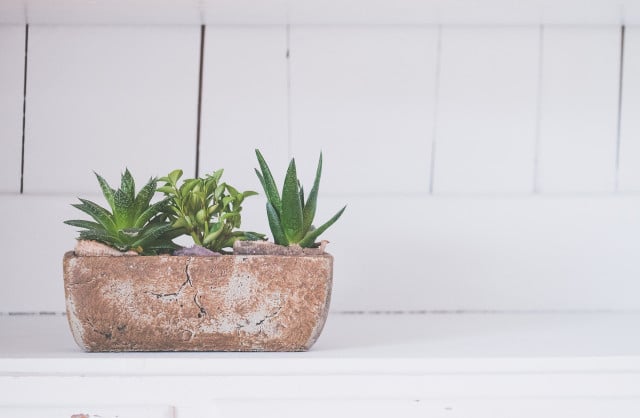


(Foto: CC0 / Pixabay / thepaintedsquare)
If you’ve overwatered your aloe plant it can still be saved. Here’s how:
- Carefully remove the aloe plant from the pot and brush away as much soil from the roots as you can.
- If the soil is smelly, soaking wet, or moldy, throw it away. It is best not to save it for planting as it may infect future house plants.
- Check the plant’s roots to see what you are dealing with. Healthy roots should be white in color.
- Using clean scissors, carefully cut away any unhealthy roots. This includes brown, soggy and mushy parts of the roots. While you’re at it, consider cutting away a healthy section to propagate your aloe plant.
- Cut away any leaves that look beyond repair as well. Extremely weak, browned leaves can be removed. This will help your plant grow back faster by saving it from expending energy on leaves that won’t come back to life.
- Repot your aloe plant in fresh, dry, cacti soil. Make sure you use a clean pot with drainage holes. If you want to use the same pot from before, make sure to first wash the pot with hot water and a mild soap.
- Give your plant some time to recover from the repotting, and wait several days to water it.
Caring for Your Aloe Plant
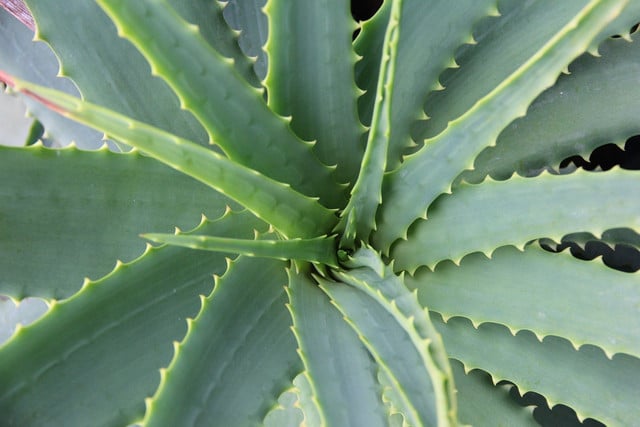


(Foto: CC0 / Pixabay / WandererCreative)
If you want to keep your aloe plant happy and healthy, keep these tips in mind.
- Do not place your aloe plant in direct sunlight. They need indirect, bright light to thrive.
- Water thoroughly when the soil has been dry for a few days. You should water your plant about twice a month. Make sure it is safe for watering by sticking your finger about two inches into the soil and checking for moisture. If these top inches are dry, wait a few days and then water your aloe plant. When you do water your aloe plant, make sure to water thoroughly so that its deep roots can absorb the moisture.
- Use pots with drainage holes, and throw out the excess water within ten minutes of watering. Otherwise, you will oversaturate your plant.
- Use cacti or succulent soil made of a combination of sand and potting soil. This type of soil does not retain moisture very well, which helps your aloe plant stay dry.
- Open windows at least once a day to provide fresh air and ventilation for your houseplants.
Read more:
- 7 Signs Of Overwatering Plants & What to Do
- Homemade Plant Food: Tips for Helping Wilted Plants
- Companion Planting: A Beginners Guide
- 6 Ways to Water Plants While Away On Vacation: How-To + Tips
Do you like this post?






